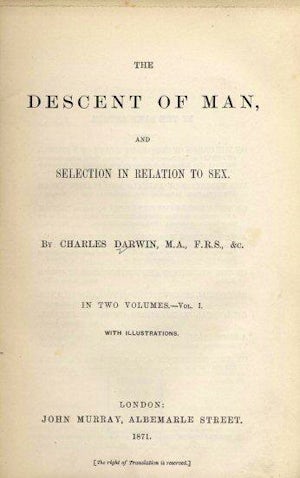Pennsylvania, after several attempts to enact sexual sterilization laws, the state finally passes a law through the Senate
April 11, 1921. The Pennsylvania Legislature passes an act for the sterilization of "unfit" persons. The aim of the legislation was to outline the range and application of sterilization in the state.
The legislation detailed that individuals living in state institutions could be subject to sterilization if they were either idiotic, imbecile, epileptic, feeble-minded or insane and "at risk" of having children with similar conditions (Laughlin, 1922, pp. 36-38).
For sterilizations to occur the legislation specified that the following conditions be met. First, there needed to be an examination of the mental and physical condition of a patient, this had to be done by at least two surgeons and the chief physician of the institution. Second, the examiners, along with a "board of trustees, had to agree that a patient was either procreating children with similar conditions or their condition was "non-improvable". Finally, sterilizations were only to be performed on patients who had been at the institution for one year (Laughlin, 1922, pp. 35-39).
Only one month after its approval, on May 24, 1921, this legislation was vetoed by the state governor, William Sproul (Laughlin, p. 38). Sproul reasoned that the statute violated the equal protection requirements of the Fourteenth Amendment of the US constitution (Kaelber, 2011).
A historical precedent of this legislation was an earlier sterilization bill entitled "An Act for the Prevention of Idiocy". The bill was passed by both Legislative houses on March 21, 1905. However, on March 30, 1905, much like its successor, the bill was vetoed by the state governor, Samuel W. Pennypacker. Somewhat differently to Sproul, Pennypacker reasoned that allowing sterilization would "inflict cruelty upon a helpless class in the community which the state has undertaken to protect" (Laughlin, 1922, pp. 35-36).
In terms of effect, it is estimated that there were 270 sterilizations performed in the state as a result of sterilization legislation. However, it should be noted that these have been deemed to illegal. All of the sterilization are said to have occurred at the Pennsylvania Training School for Feeble-Minded Children at Elwyn (Kaelber, 2011).
For more info visit here.
-Luke Kersten
Kaelber, L. (2011). Eugenics: Compulsory Sterilization in 50 American States. Retrieved from http://www.uvm.edu/~lkaelber/eugenics/PA/PA.html.
Laughlin, H.H. (1922). Eugenical Sterilization in the United States. Chicago: Municipal Court of Chicago.
 1869:
Galton publishes Hereditary Genius
1869:
Galton publishes Hereditary Genius
 1871:
Charles Darwin publishes The Descent of Man
1871:
Charles Darwin publishes The Descent of Man